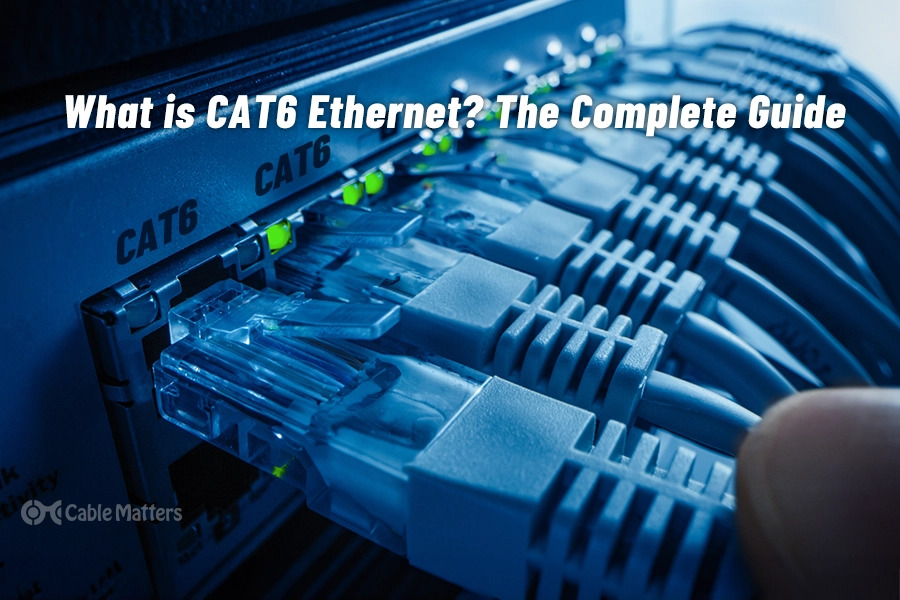
What are Cat 6 cables, and why are they important for high-speed networking? Our guide answers your questions and compares Cat6 with other Ethernet categories.
Read More
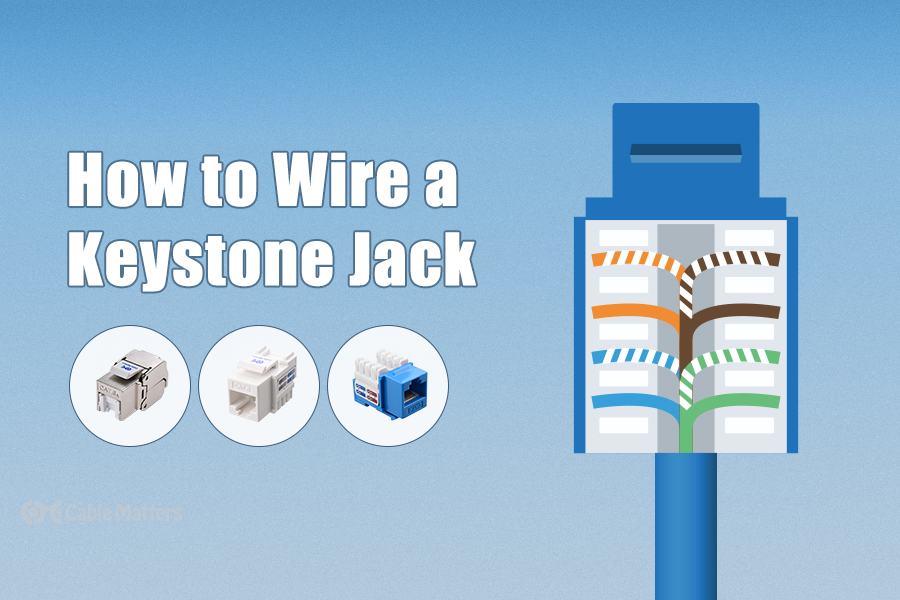
Learn how to wire keystone jacks to expand your home or office network. Learn about the best tools and techniques by Cable Matters.
Read More
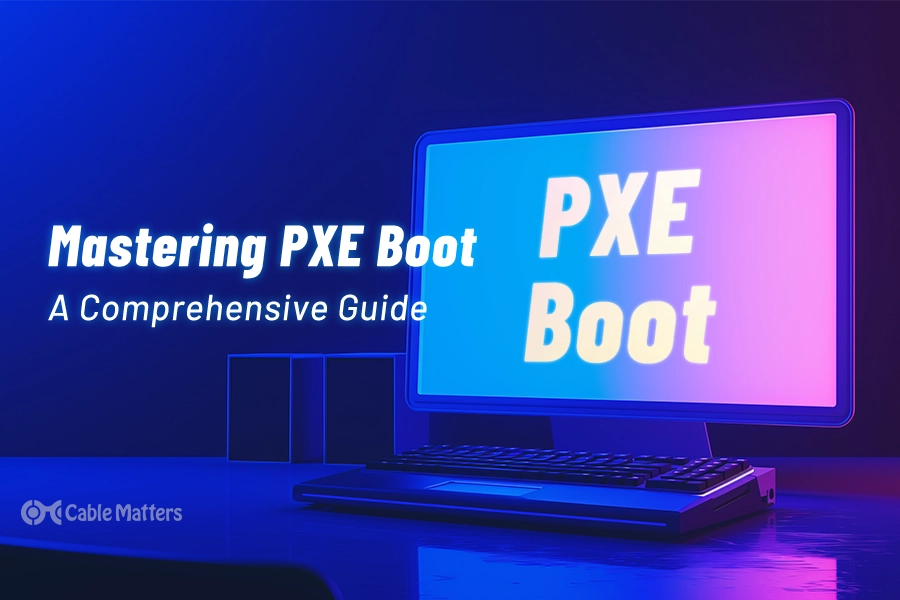
Gain a thorough understanding of PXE Boot, a method of loading the OS over a network. In-depth context, strategic insights, and practical tips for IT enthusiasts.
Read More
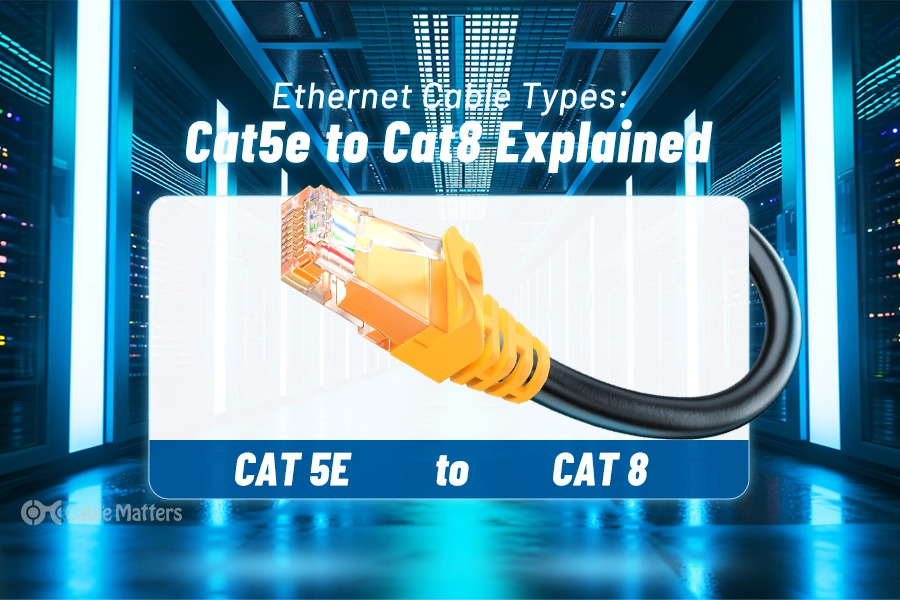
Delve into our blog post 'Ethernet Cable Types: Cat5e to Cat8 Explained'. Learn key differences, benefits, and applications for optimal networking solutions.
Read More
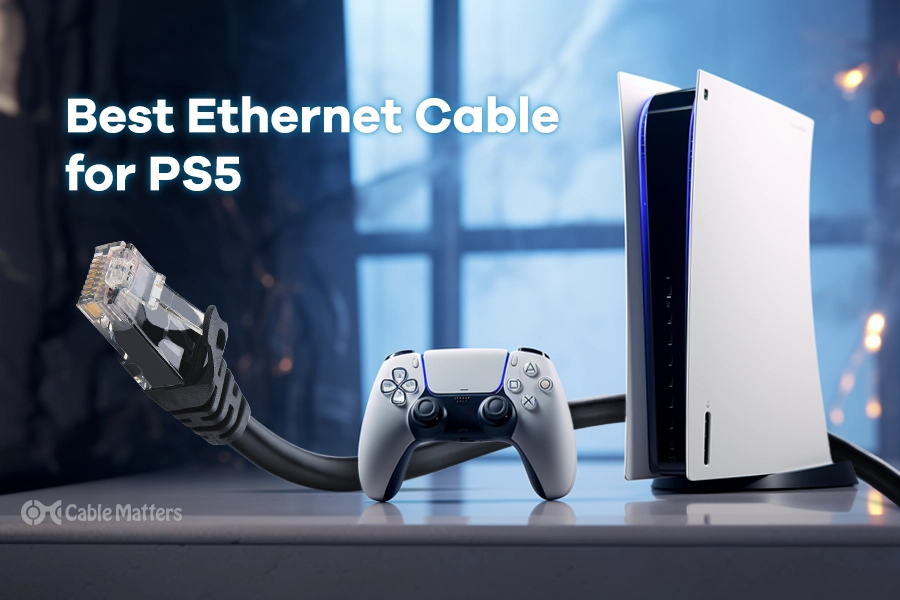
Discover the ultimate gaming upgrade with our guide on the best Ethernet cable for PS5. From performance benefits to top recommendations, enhance your gaming experience now!
Read More
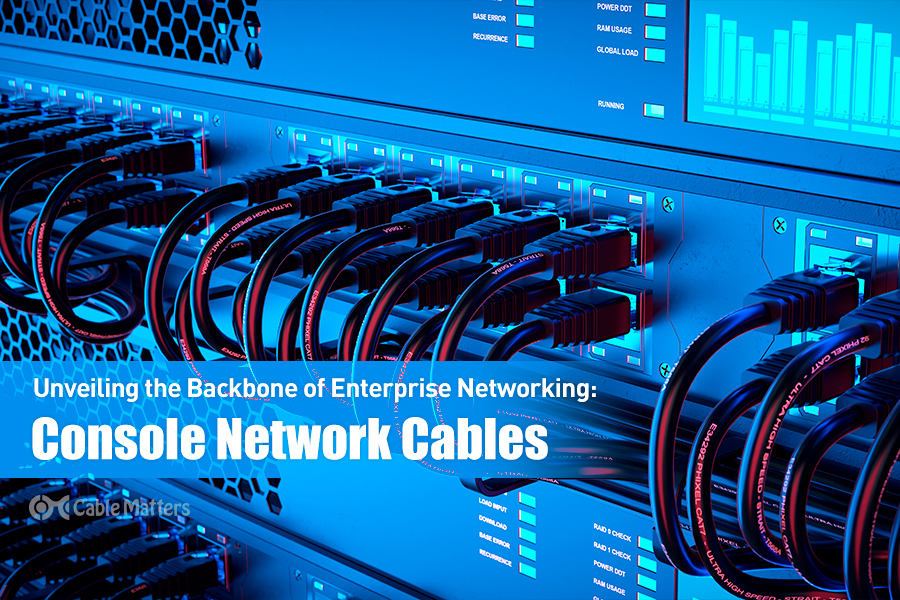
Console cables play a vital role in configuring and managing a robust enterprise network. In this blog, Cable Matters explains what they are and how to use them!
Read More
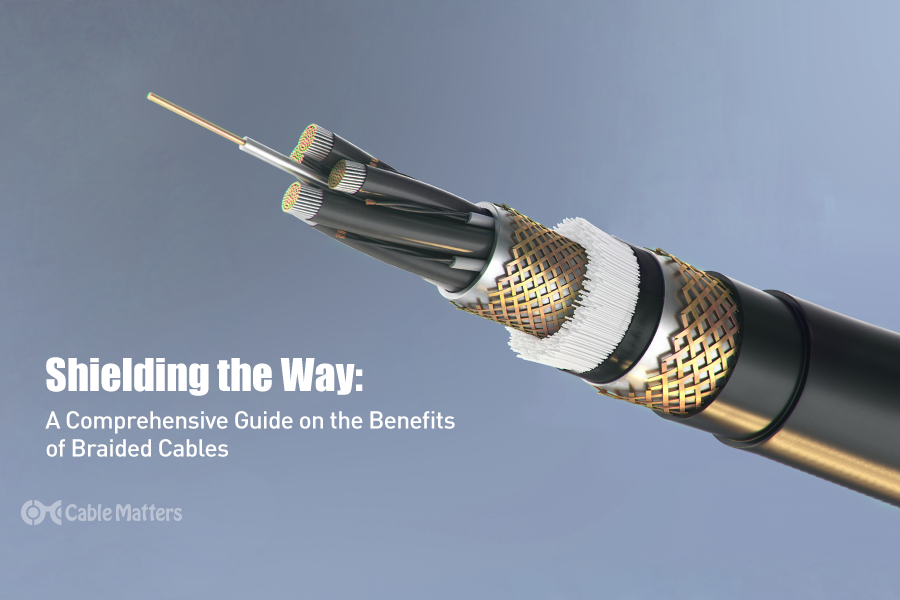
Braided cables offer an important layer of protection against electromagnetic interference (EMI). Read on to learn more about the benefits of braided cables.
Read More
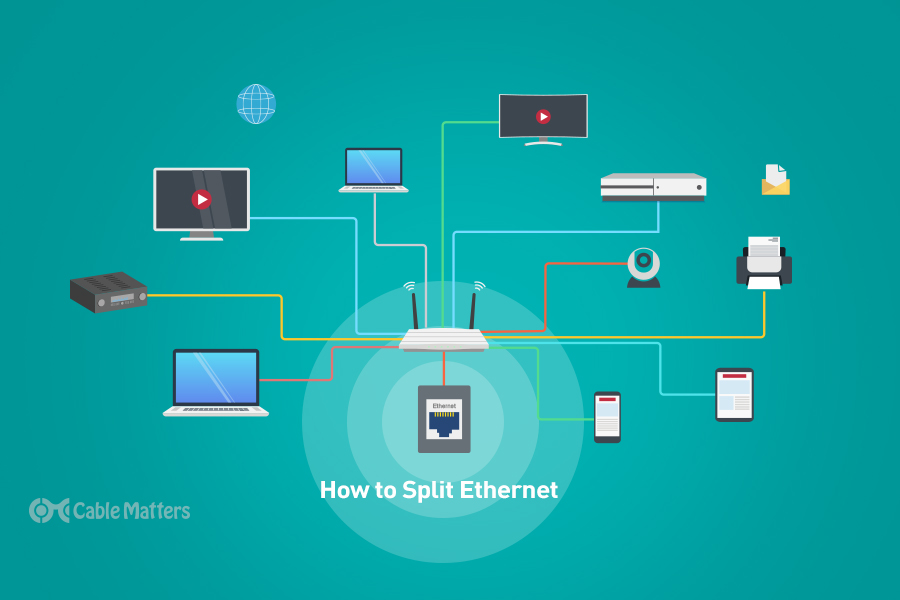
If it seems like you’re constantly searching for a spare Ethernet port on your router then you may be wondering how to split an Ethernet port. There are a few options depending on your equipment.
Read More
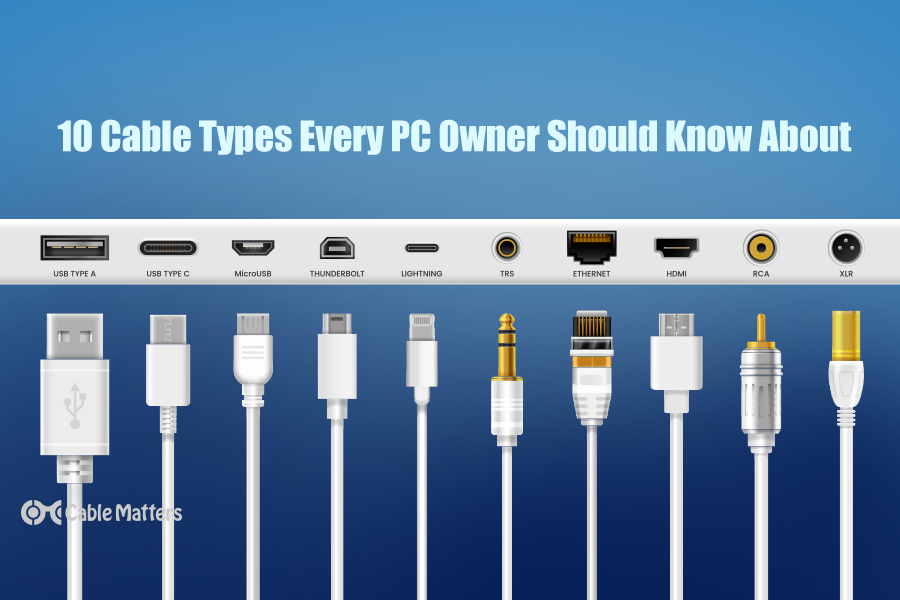
Cables are a vital component of all modern technological devices. You’re going to use a cable for something. Choose Cable Matters when the cable matters.
Read More
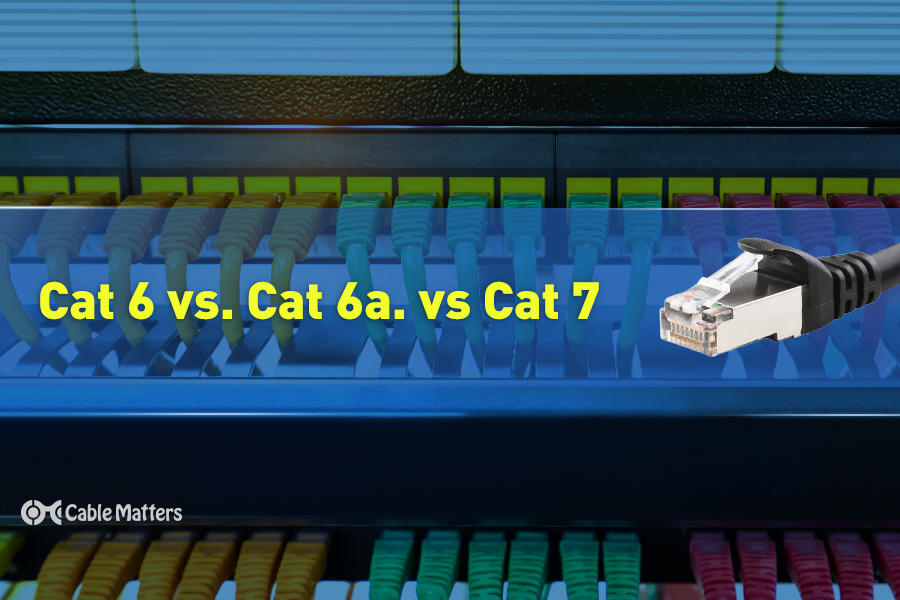
If you're interested in building a high-speed Cat 6, Cat 6a, or Cat 7 network in your home or office, don't start without reading this article first.
Read More